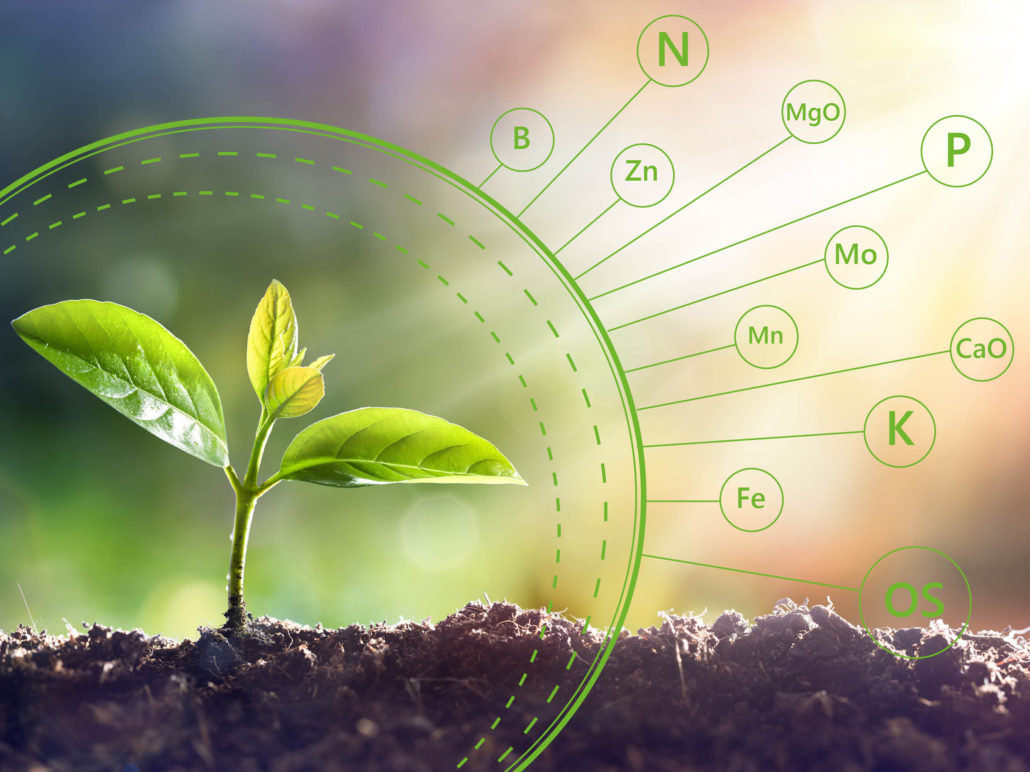Why a soil needs macro- and micronutrients
Did you know that a crop (or plant) needs 15 elements to function and grow. A crop absorbs twelve elements from the soil or the given fertilizer. We will explain more about the fertilizers and the common nutrients. It’s a fact that a soil needs nutrients and these can be divided into macronutrients and micronutrients. What are macronutrients or micronutrients and what are the differences? What is the additional value of both macro en micro nutrients for the soil?
Macronutrients are main elements
Macro nutrients equal main elements and that summarizes the nutrients: nitrogen, phosphate, potassium, calcium and magnesium. They are called main elements because they provide the largest amount of nutrition to the soil and the plants.
Each nutrient plays an important role in keeping the soil healthy and contributes to the growth of the crops. For example, nitrogen and magnesium are essential for crop growth. Phosphate contributes to the development of the roots of the plant and Potassium ensures the firmness of the plant and increases the resistance to fungi and diseases. Finally, there is calcium, which promotes the structure and workability of the soil. Of course, each nutrient provides more so we advise you to consult our articles about organic matter, NPK and Magnesium and Calcium for more specific nutrient information.

Micronutrients are trace elements
Micro nutrients equals trace elements, which is a collective name for various substances such as molybdenum, copper, zinc, iron, cobalt, boron and manganese. Trace elements are found in plants and animals and are necessary for healthy growth and function of (in this case) a plant or crop. A plant needs relatively less trace elements compared to main elements.
It is important to remember that trace elements always work in combination with other elements, so they don’t operate individually. Trace elements are drivers of many processes in the soil. In the article trace elements you can read more about the way trace elements work.
Organic fertilizers contain macronutrients and micronutrients
The organic fertilizers of Komeco contain macro- and micronutrients and as soon as they come into contact with the soil, the nutrients are released slowly into the soil. This means that the soil releases the nutrients, but the rate and amount varies per nutrient. One nutrient takes several months to be absorbed (nitrogen) and the other is released quite quickly (magnesium within 3 months). Due to this so-called ‘slow-release’ principle, the fertilizers have a long-lasting effect and offer a constant flow of nutrients towards the crop and the soil.



